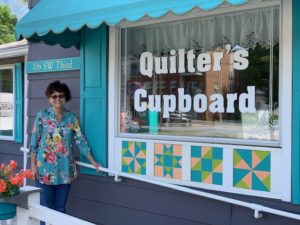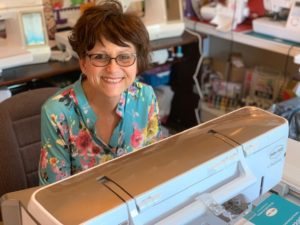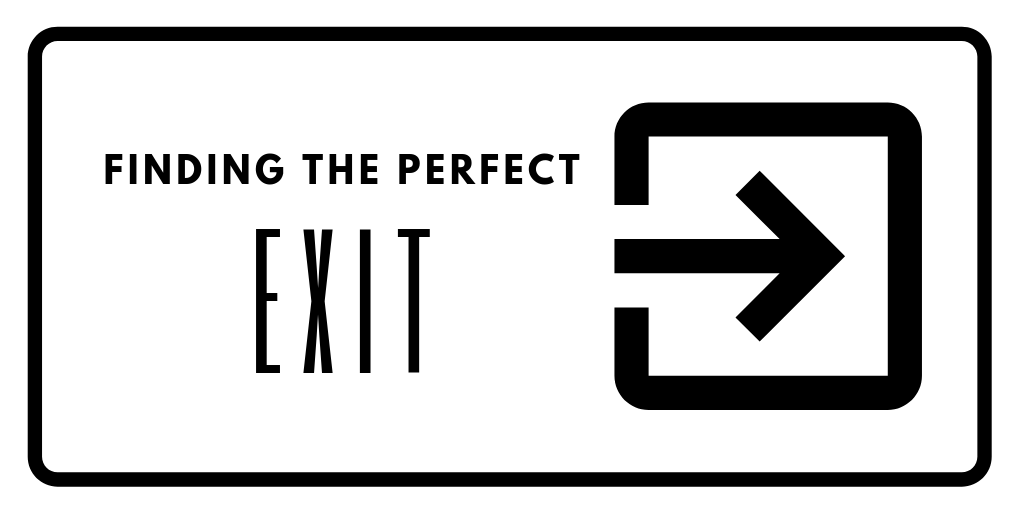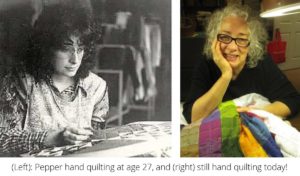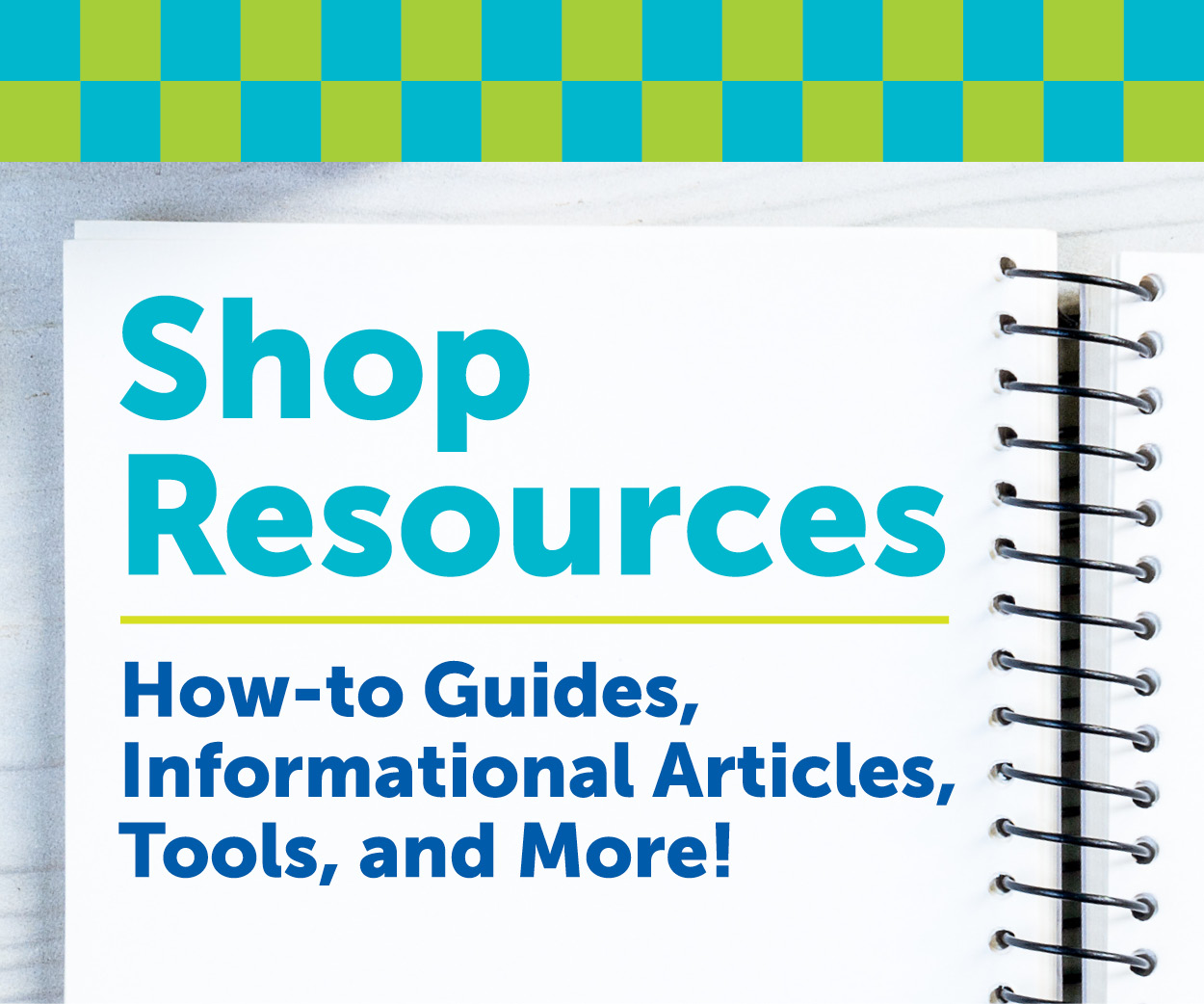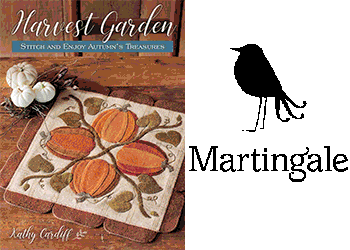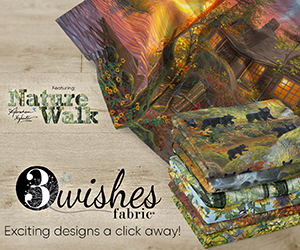
How do you know if selling on Amazon is the right move for your business? This post will help answer some of your preliminary questions and give you a gist of the service so you can make the right decision before putting any money down.
Currently, 44% of shoppers start on Amazon and 40% of Americans purchase products on the site every month. This step-by-step breakdown will give you a preview of the process.
Pick a selling plan
As a business owner, you’ll likely chose the Professional Plan, which comes out to $39.99 a month. You can also chose to sell as an individual, and will be charged $0.99 for every item purchased through the site. Amazon recommends the Professional Plan if you plan on selling more than 40 products a month. This of course, is assuming the products you sell are approved to sell (you can check out a list of products that require pre-approval here).
Register on Amazon Seller Central
After you create your account, you can manage your products and start uploading photos. Batch options are available with the Professional Plan and photos can be uploaded one at a time with the Individual Plan. If your product is already listed in Amazon, the only other information required is the amount, condition, and shipping options. Otherwise, you’ll need to have the SKU ready.
Choose your shipping options
Speaking of shipping, the best way to go is to sign up for the Fulfillment by Amazon option. Fulfillment by Amazon takes away the hassle of packing and shipping, and even deals with returns. Through this you get a check every two weeks of the products sold two weeks prior, less Amazon’s fees. Fulfillment by Amazon also makes your product eligible for Prime, and helps your product to be listed higher on the search page.
Promote your products
There are multiple ways to promote your own products, including good, clean, and concise copy, encouraging reviews, and running ads on the site. The three factors that contribute to higher listings are price, feedback rating, and fulfillment method.
Analyze your performance
Similar to Google analytics, Amazon Seller Central provides interactive charts and numbers that help you compare your sales to other industry averages. Checking these statistics before and after making changes to your process can help you optimize the Amazon experience.
Does your store sell on Amazon? Have you found the service useful? Have your experiences been good, or bad? Share your comments to help your comrades in the quilt retail community.
If you’re looking for more information to guide you in owning a retail business, subscribe to American Quilt Retailer today. Already a subscriber? No worries—join our Facebook group for insights and dialogue from industry specialists like you.

